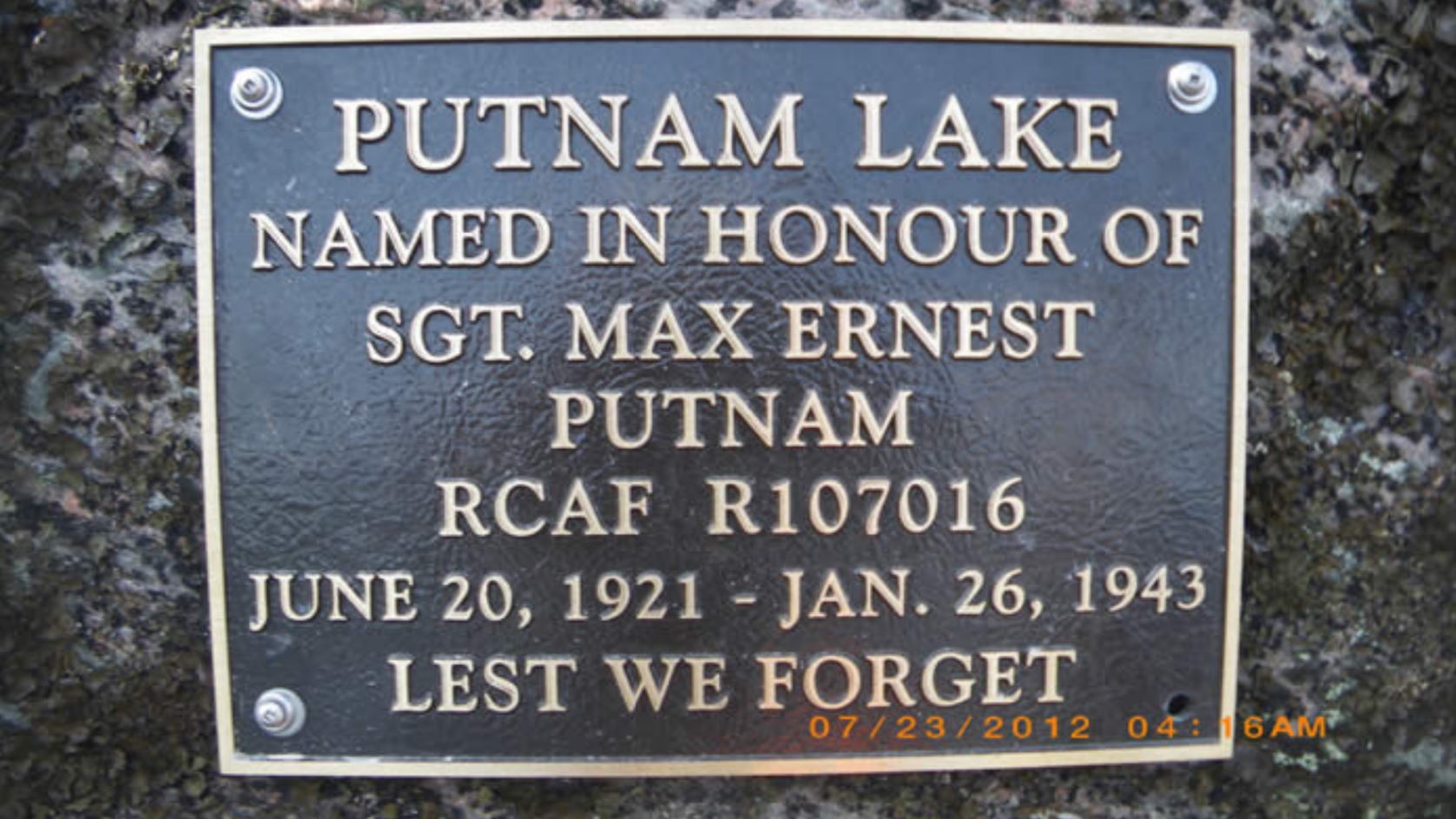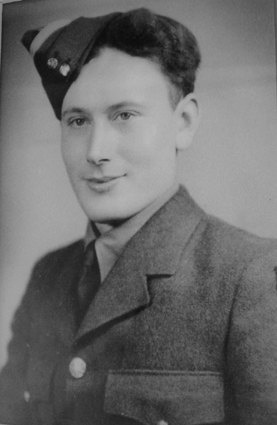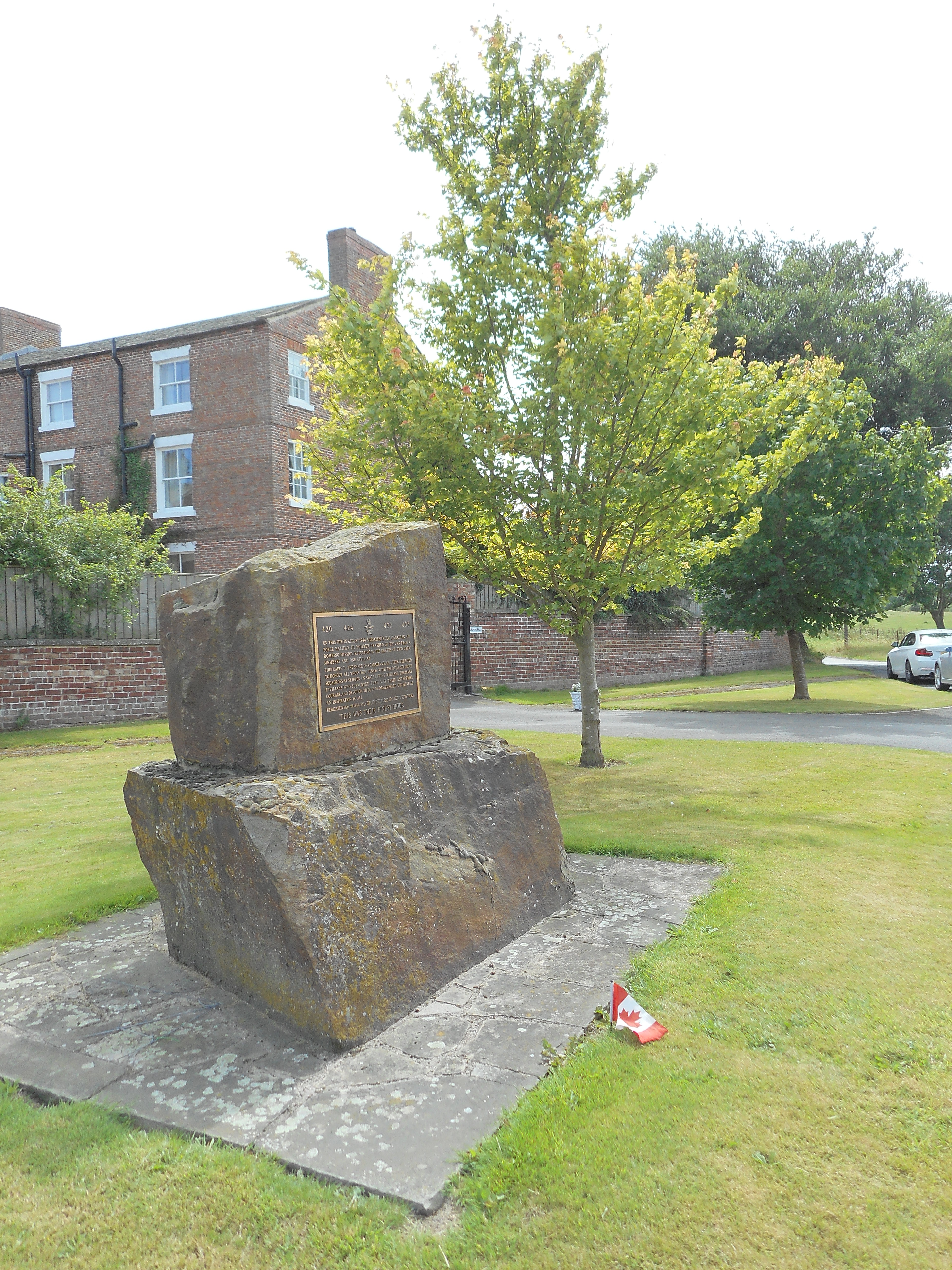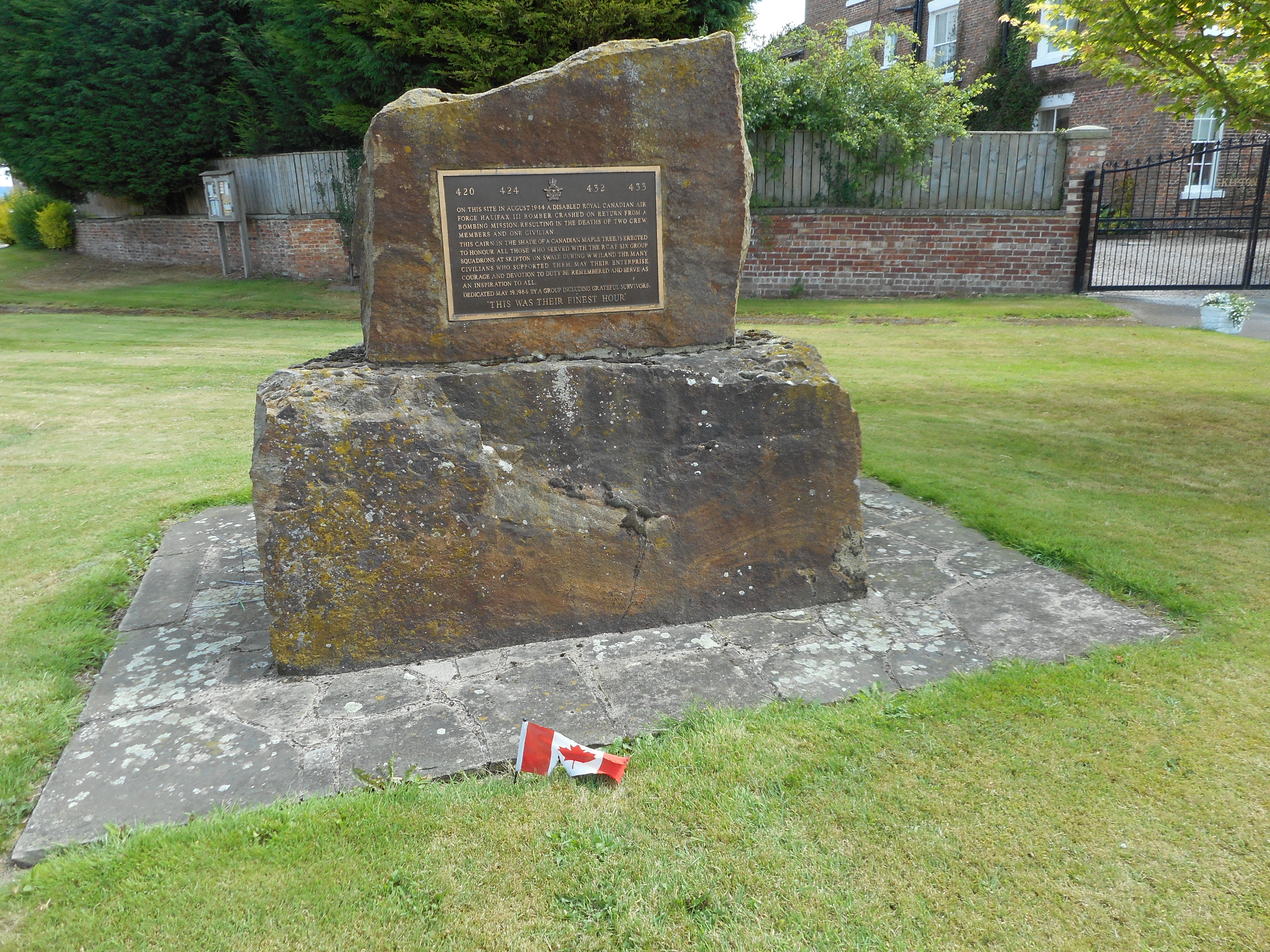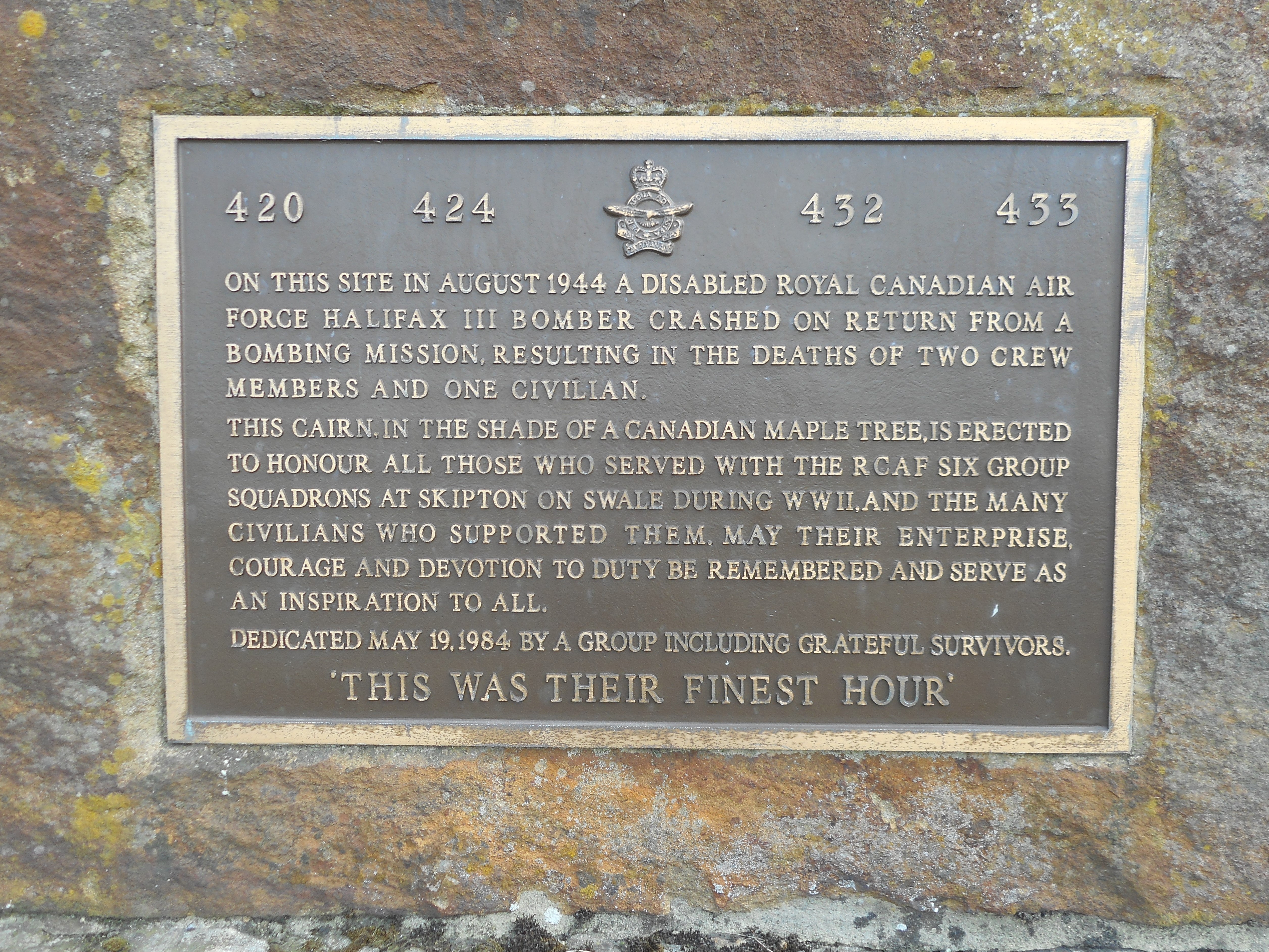Putnam, Max Ernest
Personal Information
| Rank | Sgt |
| Forename(s) | Max Ernest |
| Surname | Putnam |
| Gender | M |
| Age | 22 |
| Decorations | |
| Date of Death | 26-01-1943 |
| Next of Kin | Son of Ben Putnam and Grace B. Putnam (née Ward) of Watson, Saskatchewan, Canada. |
Aircraft Information
| Aircraft | Vickers Wellington III |
| Serial Number | BJ714 |
| Markings | QB-F |
Memorial Information
| Burial/Memorial Country | France |
| Burial/Memorial Place | Eréac Communal Cemetery |
| Grave Reference | New Cem. Extn., Row 7, Coll. Grave Plot 8. |
| Epitaph |
IBCC Memorial Information
| Phase | 2 |
| Panel Number | 229 |
Enlistment Information
| Service Number | R/107016 |
| Service | Royal Canadian Air Force |
| Group | 6 |
| Squadron | 424 (Tiger) |
| Trade | Air Bomber |
| Country of Origin | Canada |
Other Memorials
| Location | Putnam Lake, Saskatchewan |
| Country | Canada |
| Memorial Type | Lake |
| Memorial Text |
| Location | Village Green, Skipton on Swale, North Yorkshire |
| Country | United Kingdom |
| Memorial Type | Memorial Stone, inscribed Metal Plaque & Maple Tree |
| Memorial Text | A memorial to the Canadian personnel who served at RAF Skipton on Swale during WW2, including 424 Sqn RCAF |
Miscellaneous Information
| Max was born on 20 June1920 at Laurel, Marshall County, Iowa, USA. His parents were both born in Laurel, Iowa and his father was a farmer and political figure who moved to Canada in 1911. Max was one of six children and had three sisters and two brothers. The schools he attended were Quill Plains S.D. 1926-1934 (Public) and Watson S.D. High School, 1937-1938 (public grade 10). He also went to the University of Saskatchewan taking winter courses in Agriculture, 1938/9 and 1939/40. His sport interests were baseball and softball, and his hobby, hunting and dancing. Between 1934-1937 and again 1940-1941 Max had worked at his father’s farm, unless at school. |
| He enlisted on 16 May 1941 and after training was posted to the U.K. He embarked from Canada on 1 June 1942 arriving at 3PRC on 12 June 1942 and then went to 2(0) AFU on 24 July 1942, 22 OTU 1 September 1942 and 424 Squadron 7 December 1942. Max sadly lost his life on 26 January 1943. |
| Putnam Lake, Saskatchewan is named in his honour (see photograph of plaque) |
Commonwealth War Graves Commission
The National Archives
Fellow Servicemen
Last Operation Information
| Start Date | 26-01-1943 |
| End Date | 27-01-1943 |
| Takeoff Station | Topcliffe |
| Day/Night Raid | Night (74% moon) |
| Operation | Lorient. 157 aircraft, 3 lost. Poor visibility |
| Reason for Loss | Crashed at Eréac near Broons, France |
